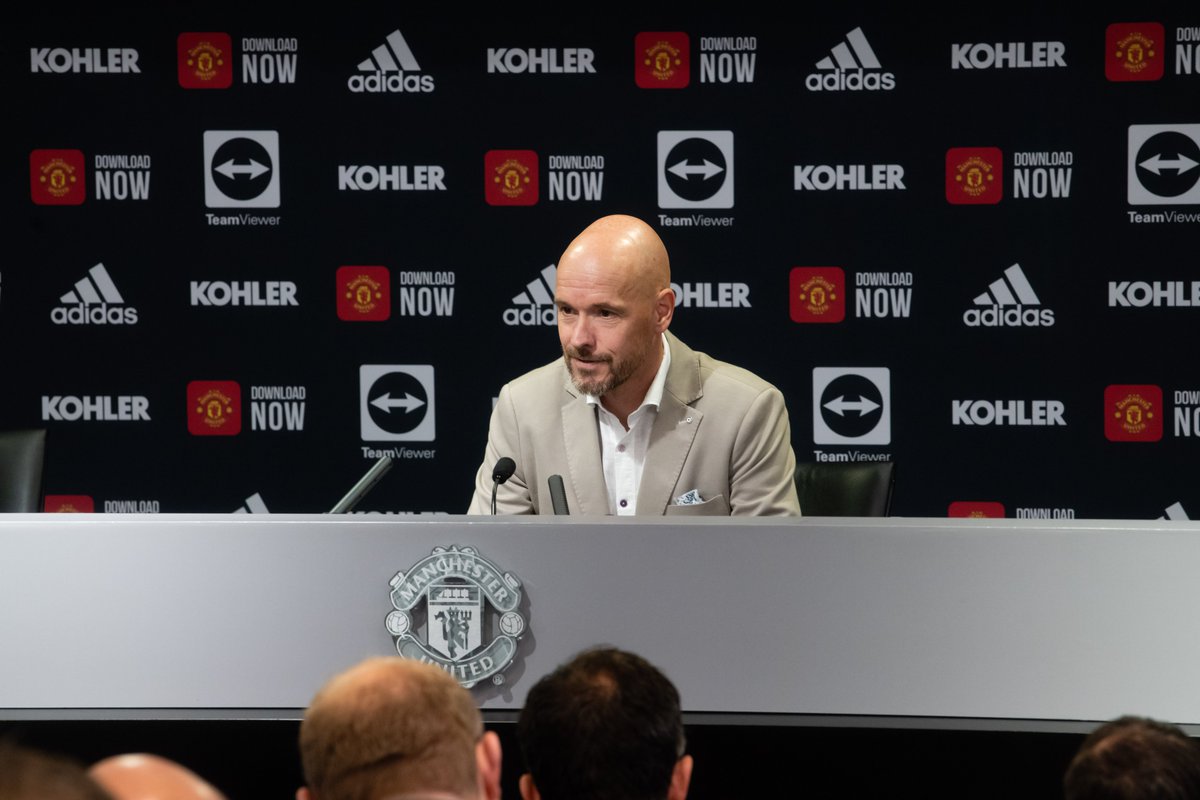In the rich tapestry of English football, Manchester United’s distinctive playing style has been both a hallmark of their identity and a reflection of their adaptation to the evolving demands of the game. From the swashbuckling teams of Sir Matt Busby to the strategic dynamism under Sir Alex Ferguson, and into the modern era, United’s approach to football has been a captivating narrative of innovation, triumph, and resilience.

The foundation of Manchester United’s ethos was laid by Sir Matt Busby, who championed a style of play that emphasized attack, with the wingers playing a pivotal role. This philosophy not only entertained but also brought success, culminating in the European Cup victory in 1968. Busby’s United were pioneers, playing with flair and courage, a testament to the belief that football was about more than just winning; it was about winning with style.
The arrival of Sir Alex Ferguson in 1986 marked the beginning of an era that would see United dominate English football for over two decades. Ferguson’s genius lay in his adaptability and his understanding of the game’s evolving tactics. Under his guidance, United’s playing style was characterized by a fast-paced, attacking mentality, with an emphasis on wing play and the cultivation of homegrown talent. The teams of the 1990s and 2000s, featuring the likes of Ryan Giggs, David Beckham, and later Cristiano Ronaldo, were renowned for their ability to overpower opponents with speed, creativity, and an unrelenting desire to attack.
Ferguson’s tactical flexibility allowed United to evolve, integrating elements of European football into their strategy. This adaptability was crucial in United’s continued success on the international stage, including their memorable treble in 1999. The Scot’s ability to rebuild and reinvent his teams ensured that United’s playing style, while always rooted in attacking football, remained contemporary and effective.
Post-Ferguson, Manchester United embarked on a transitional period, with various managers bringing their philosophies to the club. The tenures of David Moyes, Louis van Gaal, and José Mourinho saw shifts in tactical approaches, from attempts to preserve Ferguson’s attacking legacy to more pragmatic, defensively oriented strategies. Each manager left an imprint on the club’s style, though none could replicate the sustained success of their predecessors.
The appointment of Ole Gunnar Solskjaer, a hero of the treble-winning 1999 team, marked a return to the club’s traditional values. Solskjaer aimed to rekindle the attacking spirit of Ferguson’s era, focusing on fast, forward-thinking football and the development of young talent. While results were mixed, the intention to restore United’s identity through a positive style of play was clear.
The evolution of Manchester United’s playing style reflects not only the changing landscape of football but also the club’s enduring ambition to entertain and compete at the highest levels. The legacy of attacking football, established by Busby and honed by Ferguson, remains a cornerstone of the club’s philosophy.
Today, as Manchester United continues to adapt to the modern game under current management, the challenge lies in balancing the club’s rich tradition with the tactical innovations necessary to succeed. The ethos of attacking football, youth development, and adaptability endures, a guiding light for the club’s future direction.
In conclusion, the evolution of Manchester United’s playing style is a journey through the highs and lows of football, marked by moments of brilliance, innovation, and adaptation. As the club moves forward, the spirit of Busby and Ferguson, their commitment to attacking football, and their legacy of success continue to inspire. Manchester United’s playing style, ever-evolving, remains a testament to the club’s history, its values, and its unyielding pursuit of glory.
